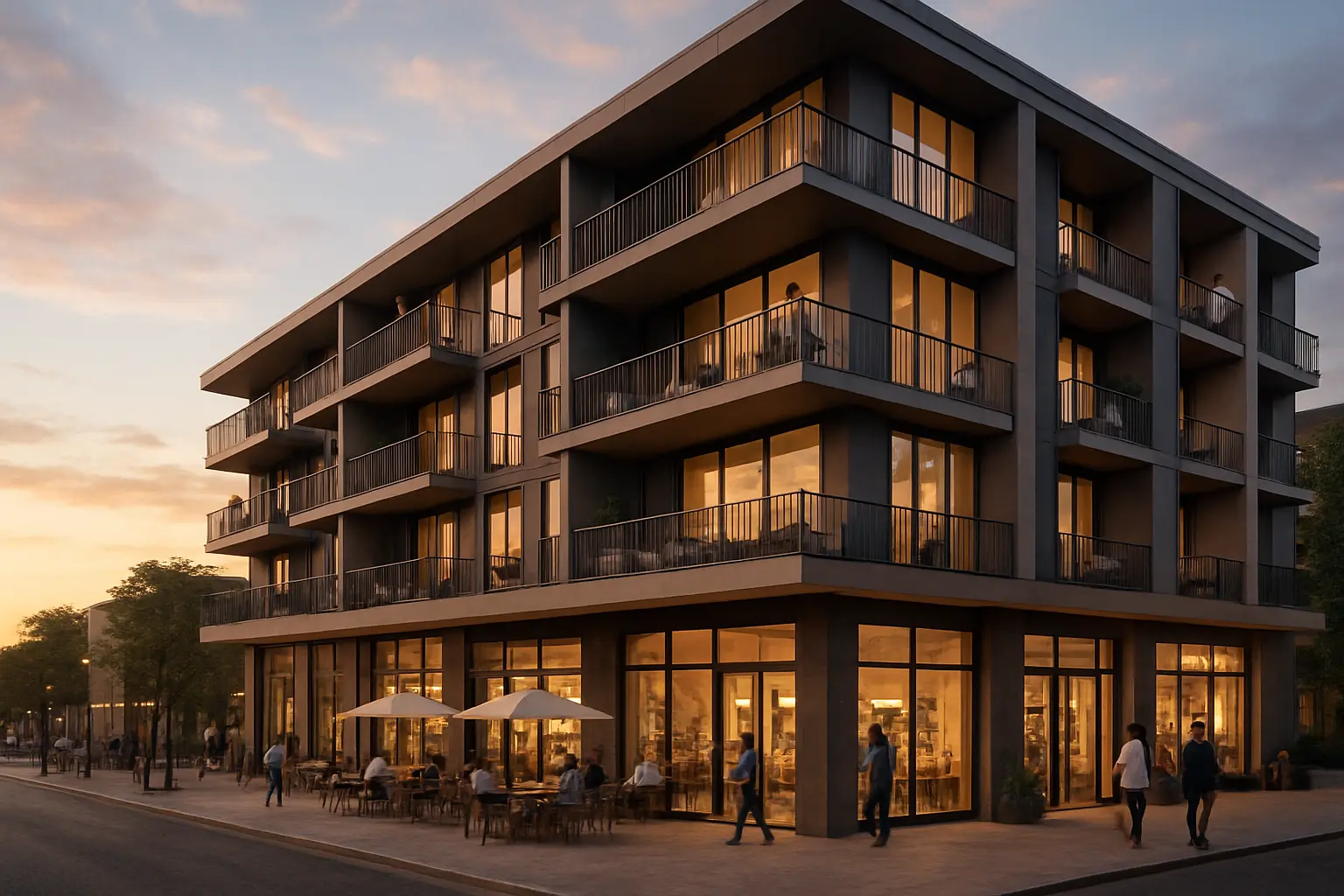Mixed-Use Properties: The Smart Investment Strategy for Modern Entrepreneurs
Discover how combining commercial and residential spaces can maximize your real estate portfolio and create sustainable income streams.

Understanding the Rise of Mixed-Use Properties in Today's Market
Mixed-use properties have emerged as a cornerstone of modern urban development, representing a strategic fusion of residential, commercial, and sometimes retail spaces within a single property. This innovative approach to real estate investment has gained significant traction as cities evolve to meet the changing needs of residents and businesses.
The surge in popularity of mixed-use developments can be attributed to several factors:
- Changing lifestyle preferences - Modern tenants seek convenient, walkable communities where they can live, work, and play
- Urban density requirements - Cities increasingly favor developments that maximize limited space
- Sustainability focus - Mixed-use properties typically reduce transportation needs and promote environmental efficiency
Key Benefits of Mixed-Use Investments
Investing in mixed-use properties offers numerous advantages that make them particularly attractive in today's real estate market:
Diversified Income Streams
One of the most compelling benefits is the ability to generate multiple revenue sources from a single property. This diversification helps protect investors from market fluctuations and sector-specific downturns.
Risk Mitigation
By spreading investment across different property types, owners can better weather economic challenges. If one sector experiences a downturn, income from other segments can help maintain overall property performance.
The key to successful mixed-use investment lies in creating synergies between different property components while maintaining a balanced tenant mix that serves community needs.
Design Elements That Drive Success
The success of mixed-use properties heavily depends on thoughtful design and planning:
- Strategic space allocation - Optimal distribution between residential and commercial areas
- Common area design - Creating inviting shared spaces that promote community interaction
- Access and flow - Ensuring seamless movement between different property sections
- Parking solutions - Implementing efficient parking systems that serve all property users
Strategic Considerations for Mixed-Use Property Investment
Zoning and Regulatory Compliance
Before investing, thorough research of local zoning laws and regulations is essential. Many municipalities have specific requirements for mixed-use developments, including:
- Density restrictions
- Height limitations
- Parking requirements
- Commercial-to-residential ratio guidelines
Tenant Mix Optimization
Creating the right balance of tenants is crucial for long-term success. Consider:
- Complementary businesses that create value for residents
- Anchor tenants that drive foot traffic
- Service providers that meet community needs
Management Strategies
Effective property management is vital for mixed-use developments. Key focus areas include:
- Maintaining separate access points for different property uses
- Coordinating maintenance schedules
- Managing different tenant needs and expectations
- Implementing effective security measures
Mixed-use properties represent a forward-thinking investment strategy that aligns with modern urban development trends. By carefully considering design elements, tenant mix, and management requirements, investors can create successful properties that serve community needs while generating sustainable returns.


